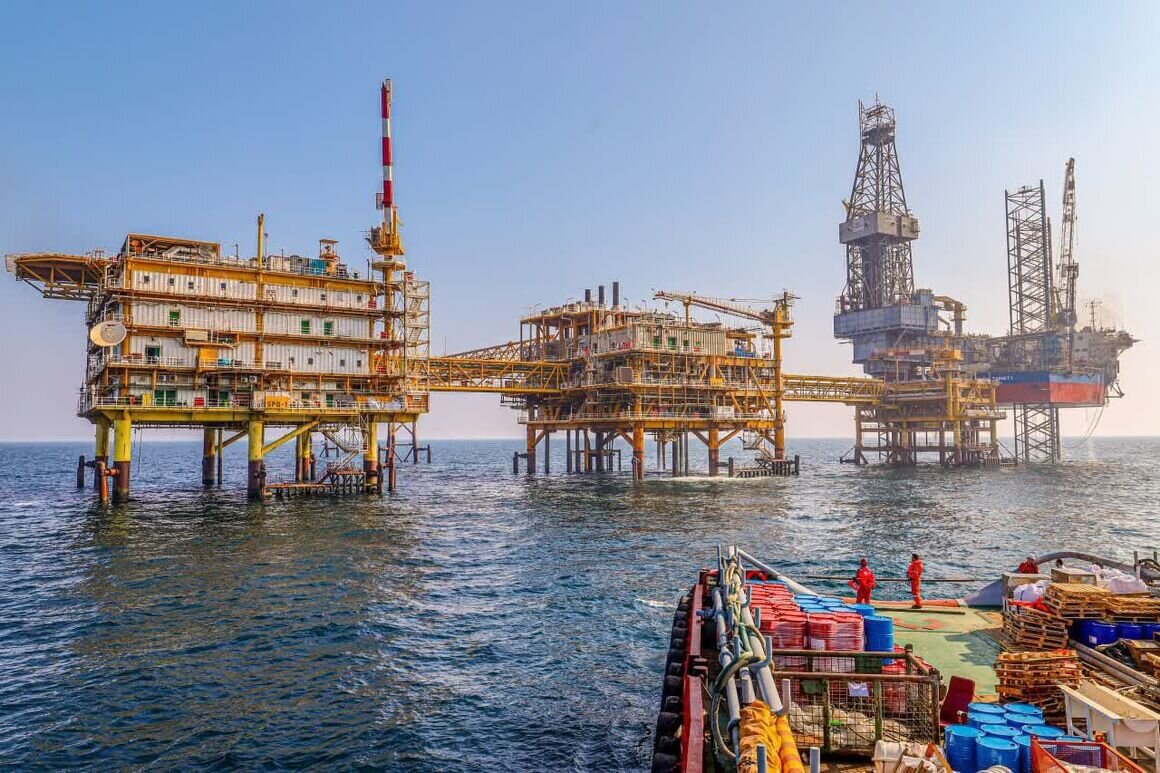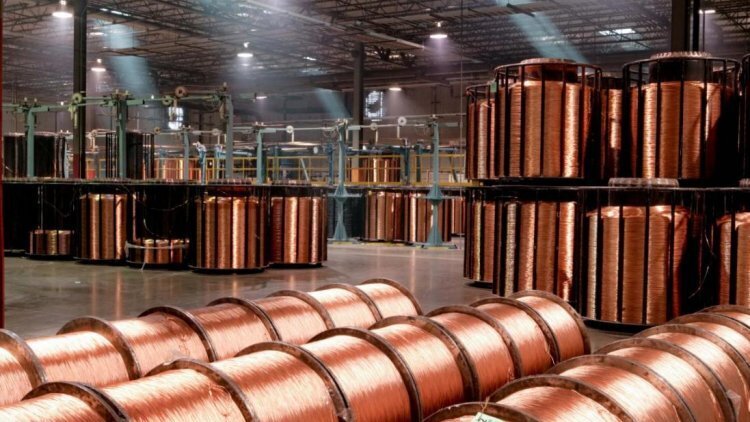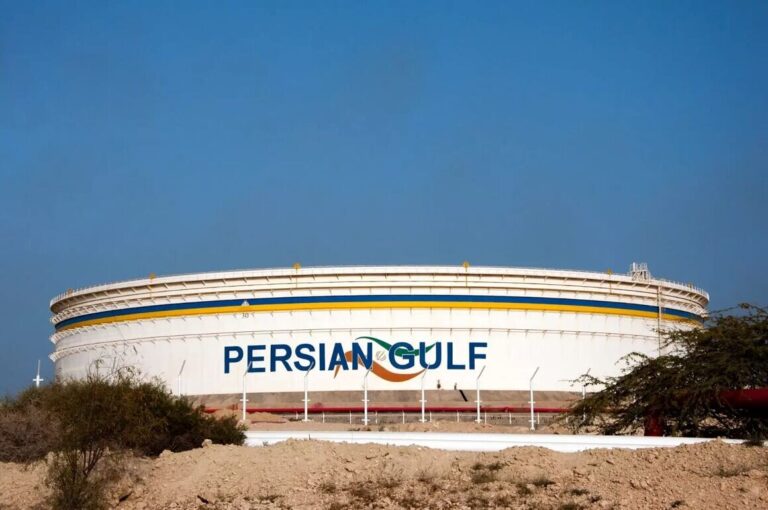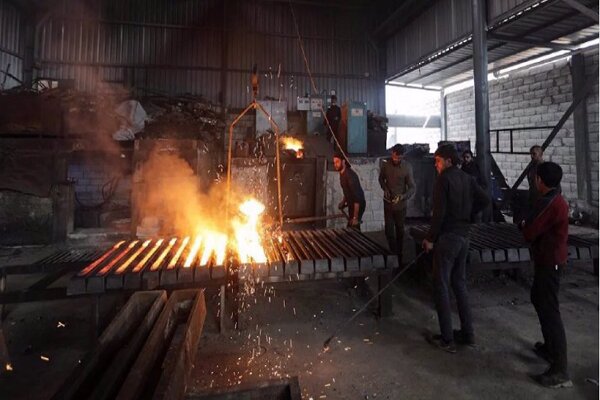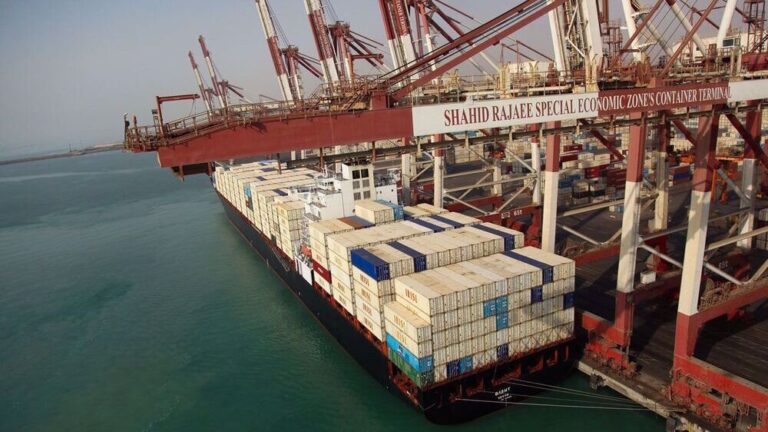SP Pressure Boost Project Set to Sign $17 Billion Contracts: A Major Leap in Infrastructure Investment!
In a significant development for Iran’s energy sector, the recent announcements regarding the South Pars gas field highlight the urgency of addressing its declining pressure levels. As the world’s largest gas field, South Pars plays a crucial role in meeting Iran’s energy needs, contributing to approximately 70% of the domestic gas consumption across industrial and power plant sectors.
During a press conference held on Sunday, Reza Dehqan, a key figure in Iran’s Oil Ministry, elaborated on the challenges facing the South Pars gas field. Following the successful completion of preliminary studies and the signing of initial agreements with four major contractors last year, valued at nearly $400 million, the focus now shifts to implementing strategies to mitigate production declines.
Here are some key points from the press conference:
- Significant Contribution: The South Pars gas field is responsible for over 70% of Iran’s gas consumption, serving both domestic and industrial needs.
- Gasoline Supply: It also contributes to more than 40% of the country’s gasoline requirements, making it a vital resource for the Iranian economy.
- Declining Production: After three decades of extraction efforts by both Iran and Qatar, the gas field is facing a natural decline in pressure, which poses a significant risk to future production levels.
- Projected Declines: Studies indicate that by 2026, production may decrease by the equivalent of one South Pars phase, which translates to approximately 28 million cubic meters per day. By 2028, the decline could escalate to 1.5 phases, equating to a drop of 42 million cubic meters per day.
- Energy Security Risks: Dehghan cautioned that failure to intervene promptly could jeopardize Iran’s energy security and economic stability.
Dehghan underscored that the pressure boost project is a strategic priority for the Oil Ministry. The aim is to stabilize production levels and sustain the critical output from this essential gas field. The implications of not addressing these pressure issues could be profound, affecting not just the energy sector but the broader Iranian economy as well.
In light of these developments, it becomes increasingly clear that timely action is necessary to avert a crisis. The Iranian government’s commitment to enhancing production capabilities and ensuring the longevity of the South Pars gas field is paramount. This field not only serves as a backbone for the country’s energy infrastructure but also plays a pivotal role in its economic growth.
As the government moves forward with its plans, collaboration with international contractors and stakeholders will be vital. The agreements made last year mark a step in the right direction, but successful implementation will require ongoing efforts and investment.
The South Pars gas field has been a focal point of Iran’s energy strategy for decades. As the world transitions towards more sustainable energy sources, maintaining and potentially expanding the output from this gas field will be critical for Iran. The government’s approach to managing this resource will influence its energy policies and economic resilience in the coming years.
In conclusion, the ongoing pressure decline at the South Pars gas field poses significant challenges for Iran’s energy sector. With strategic projects in place, there is hope for addressing these declines and securing the future of the country’s gas production. The coming years will be crucial for implementing solutions that can sustain this vital energy resource.
For updates on the South Pars gas field and Iran’s energy strategies, stay tuned to reputable news sources and official announcements from the Iranian Oil Ministry.
